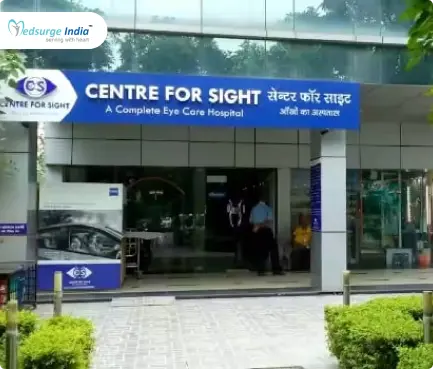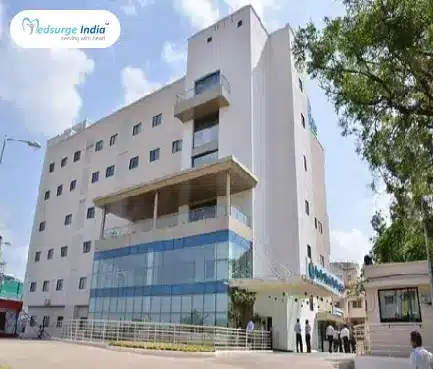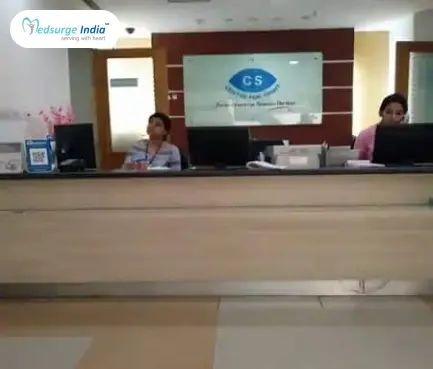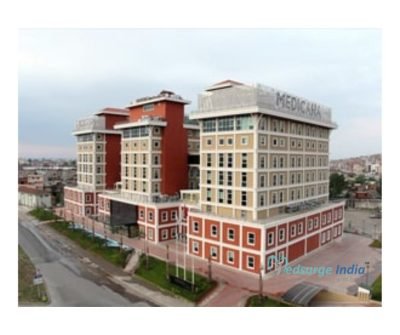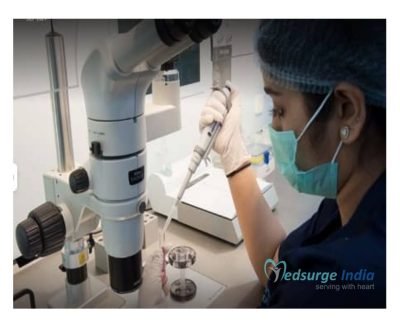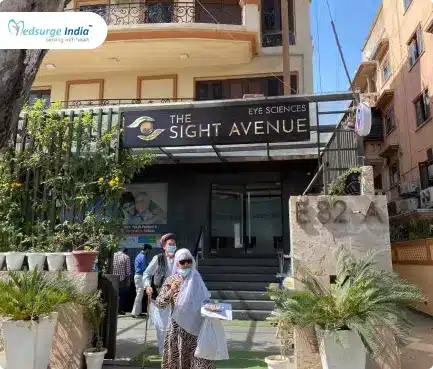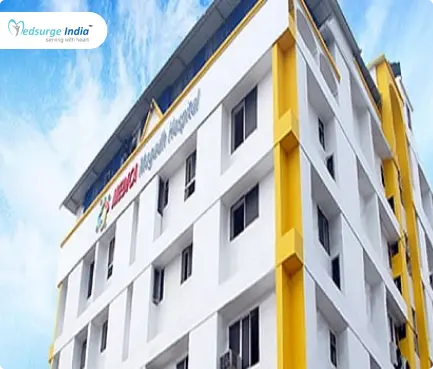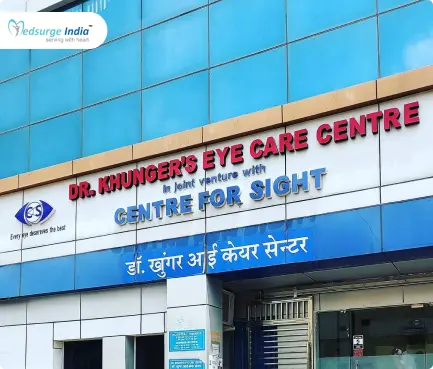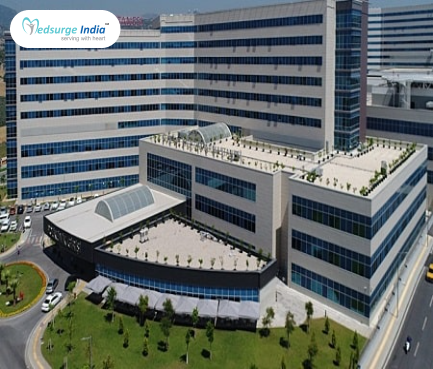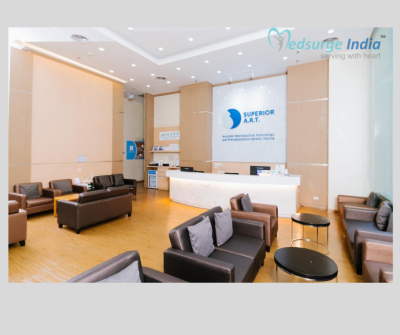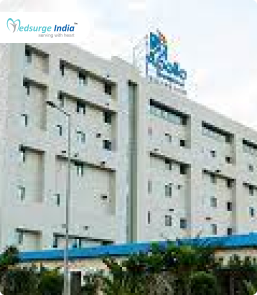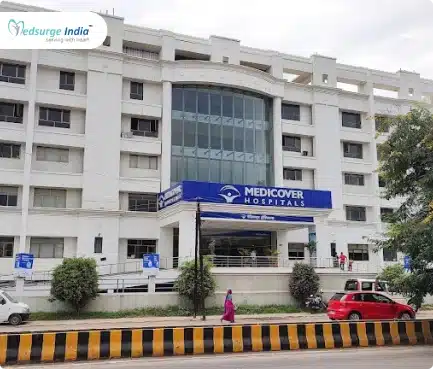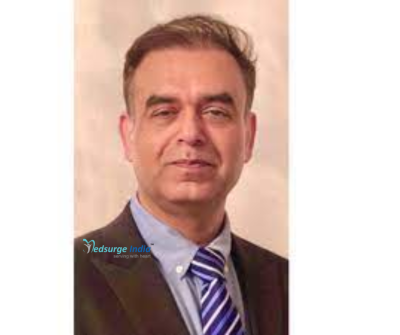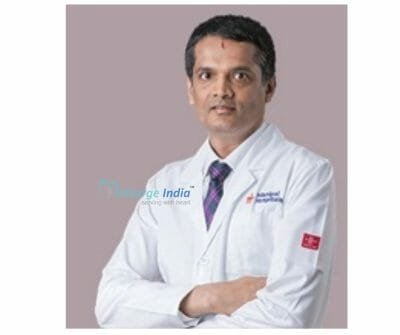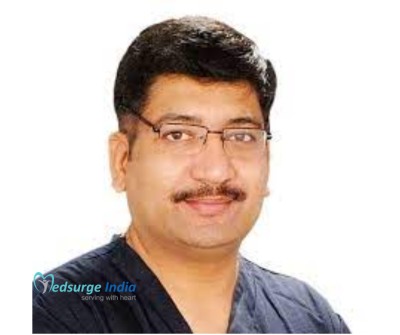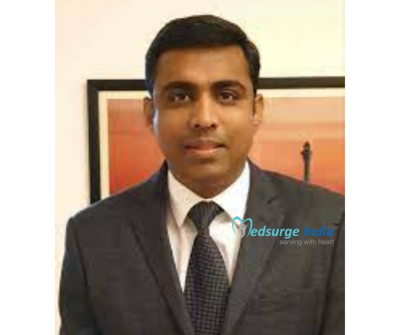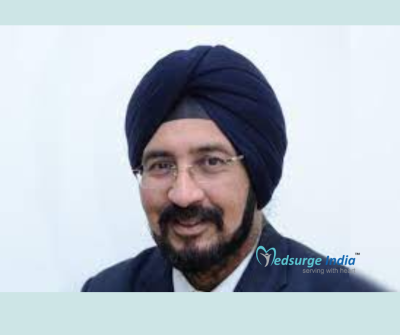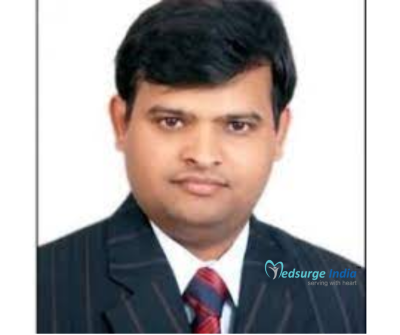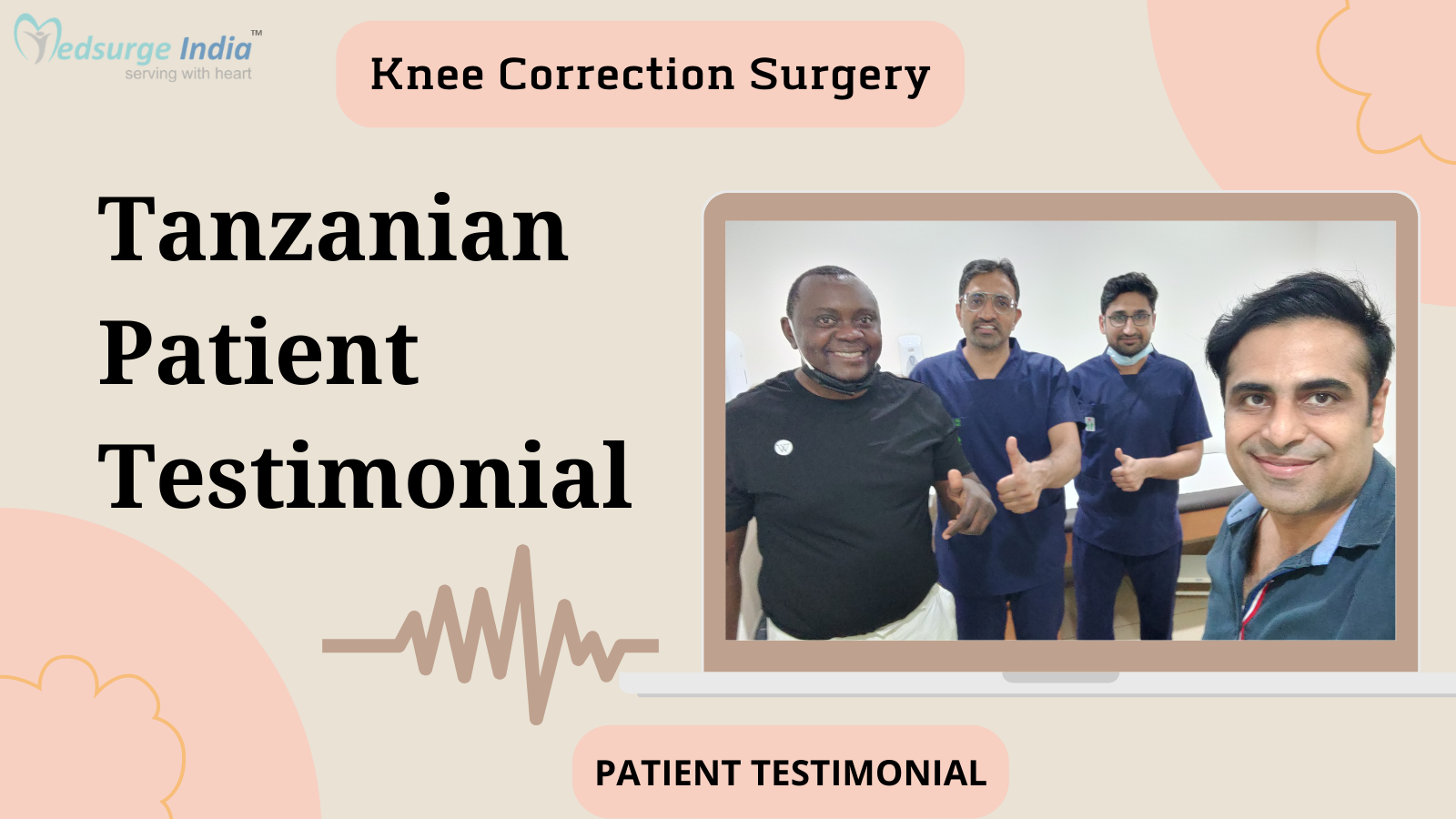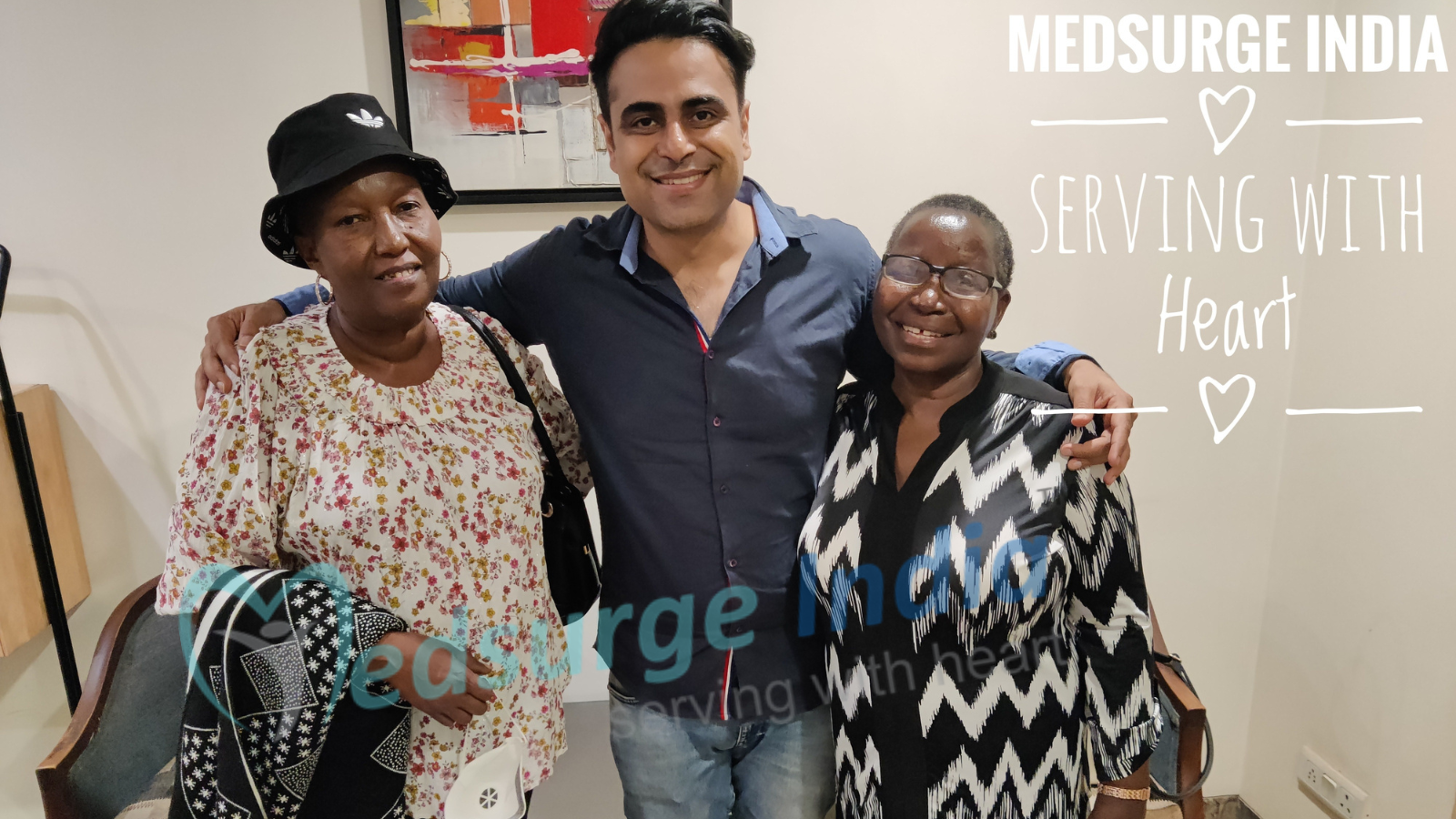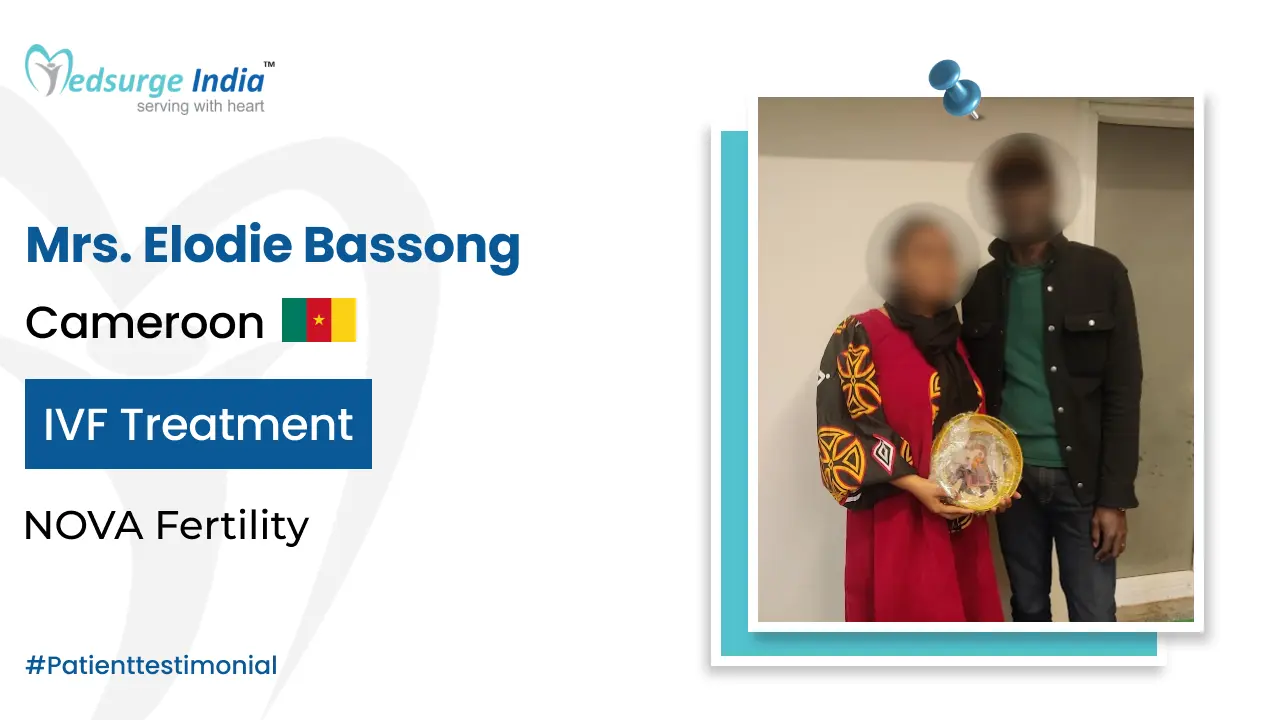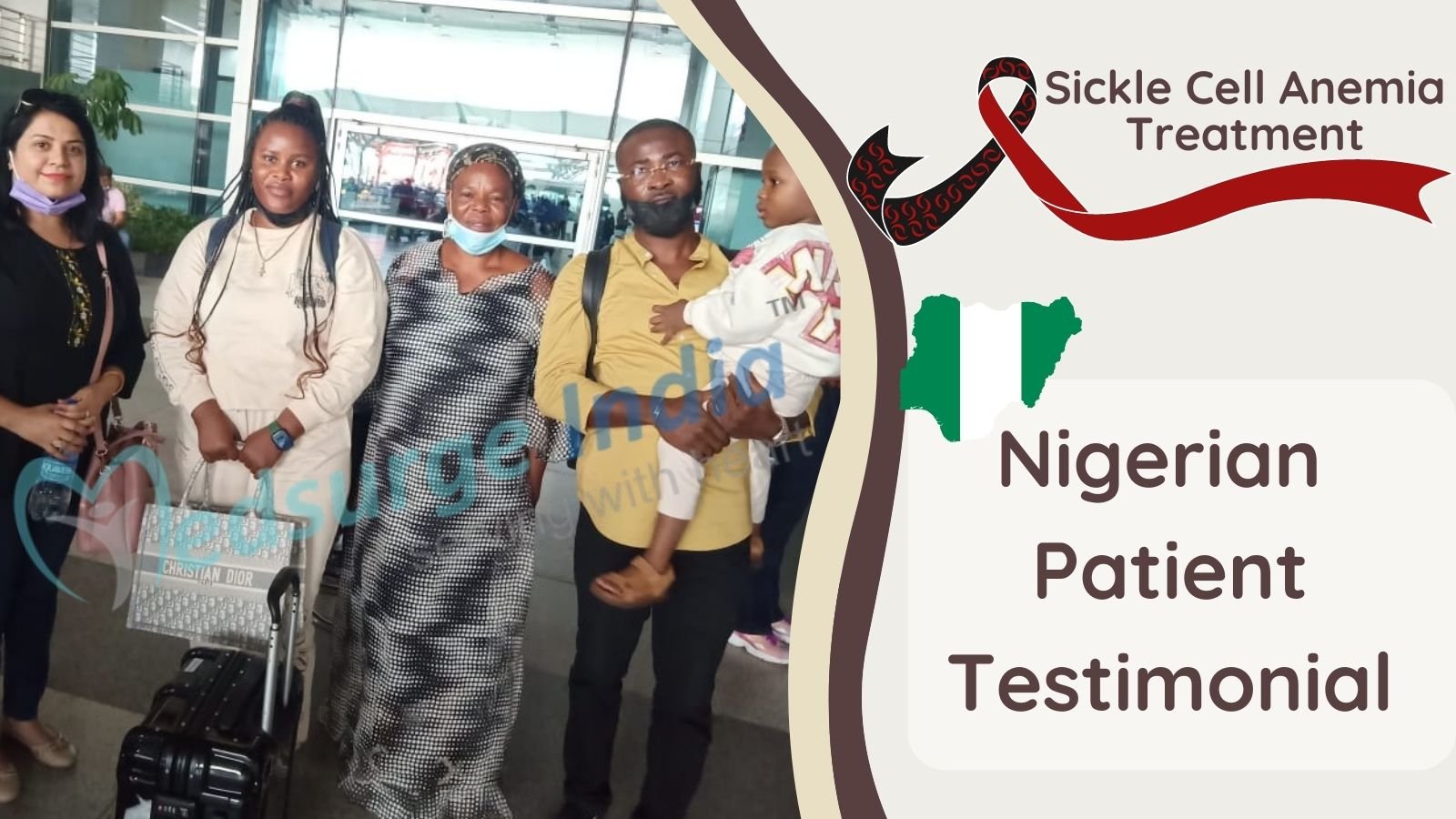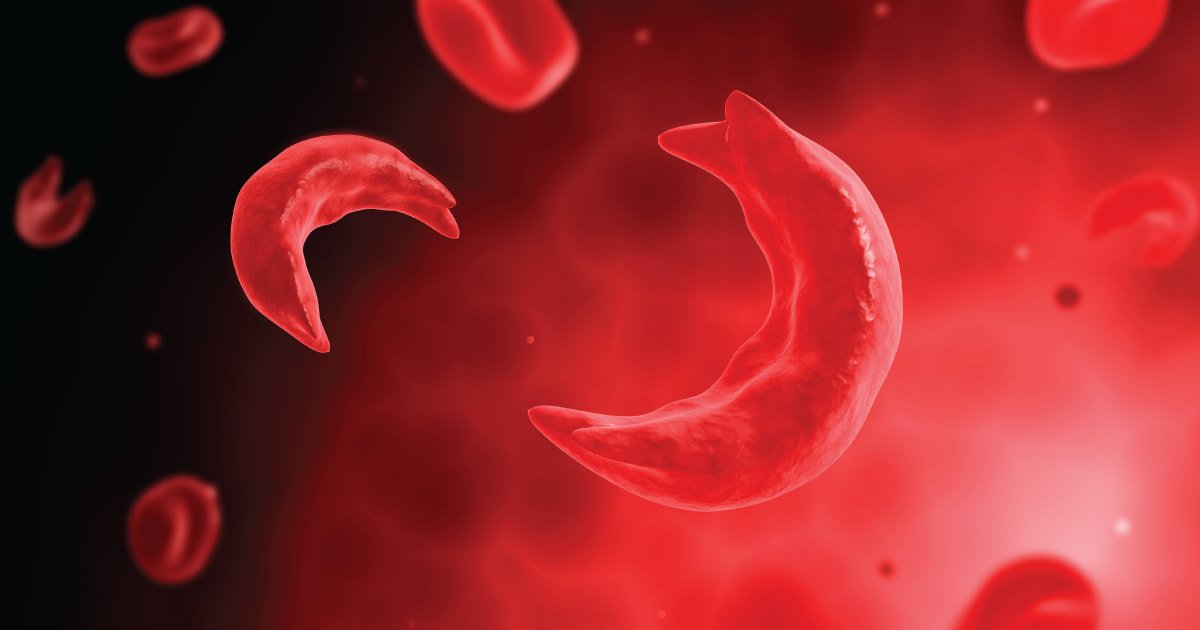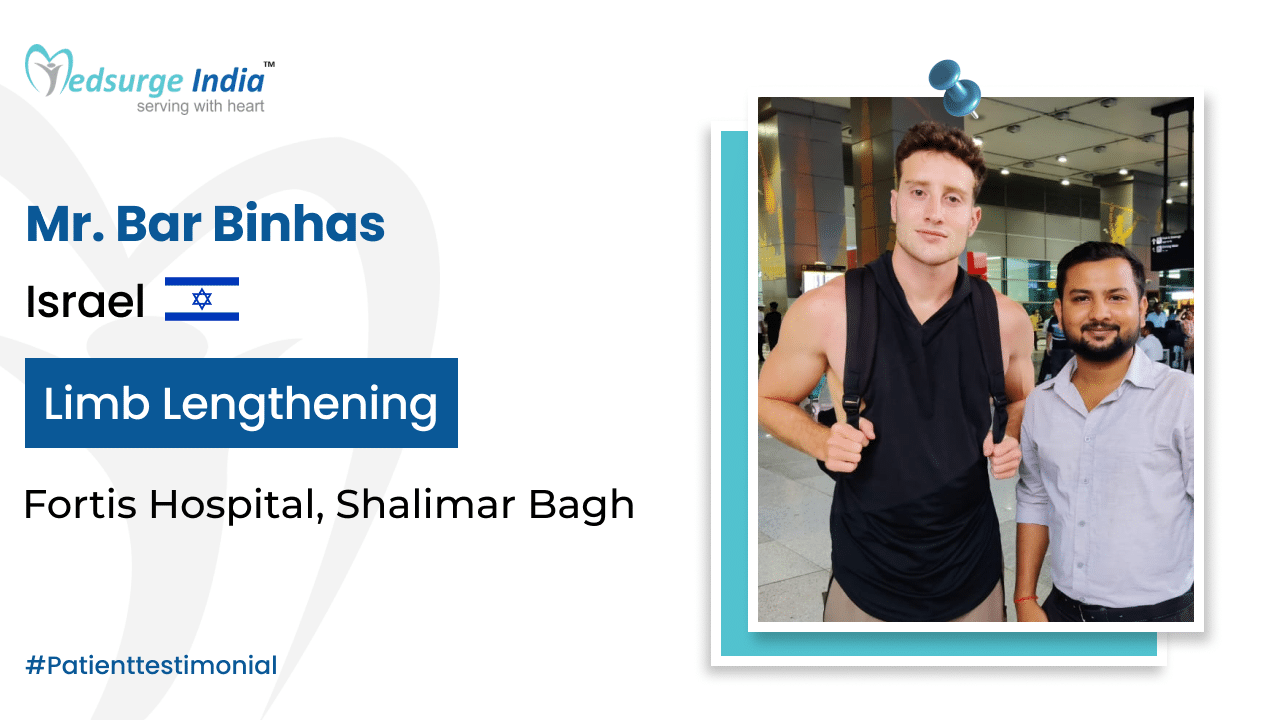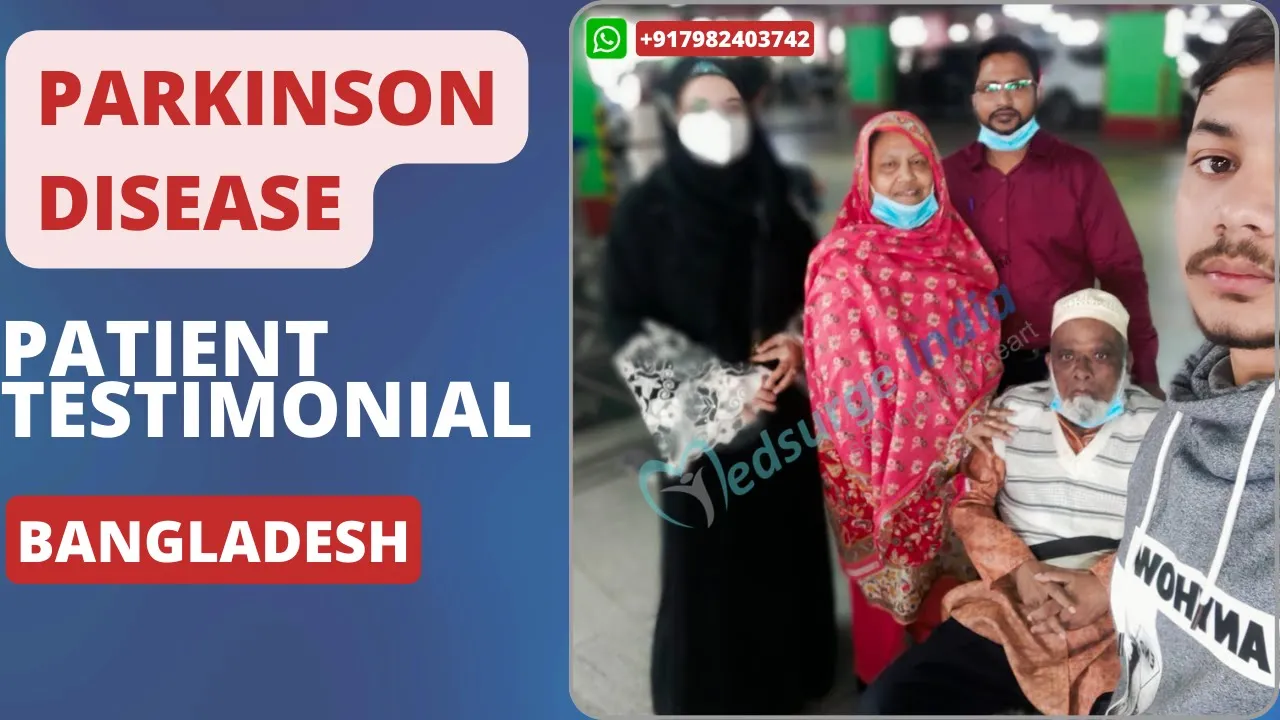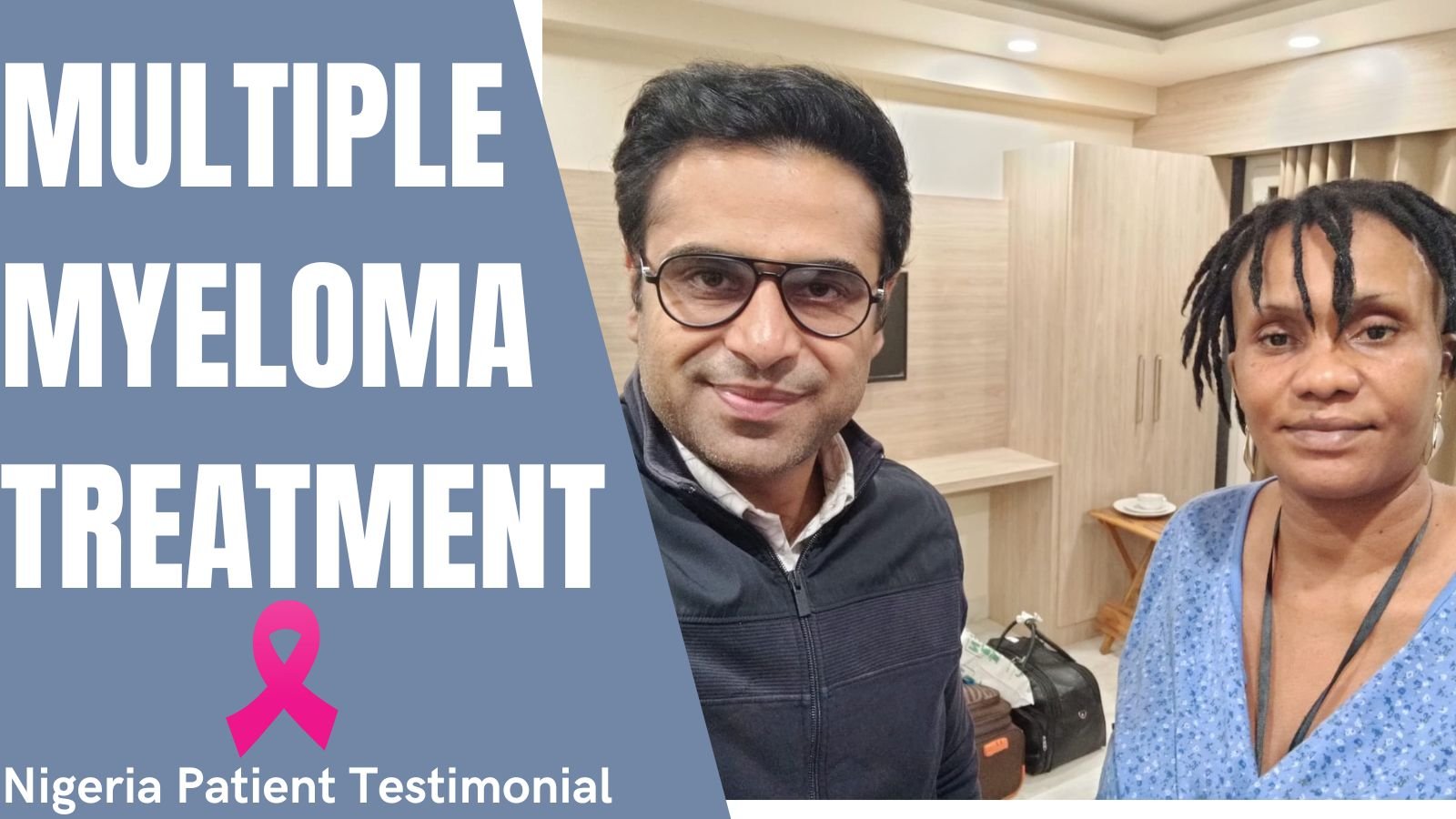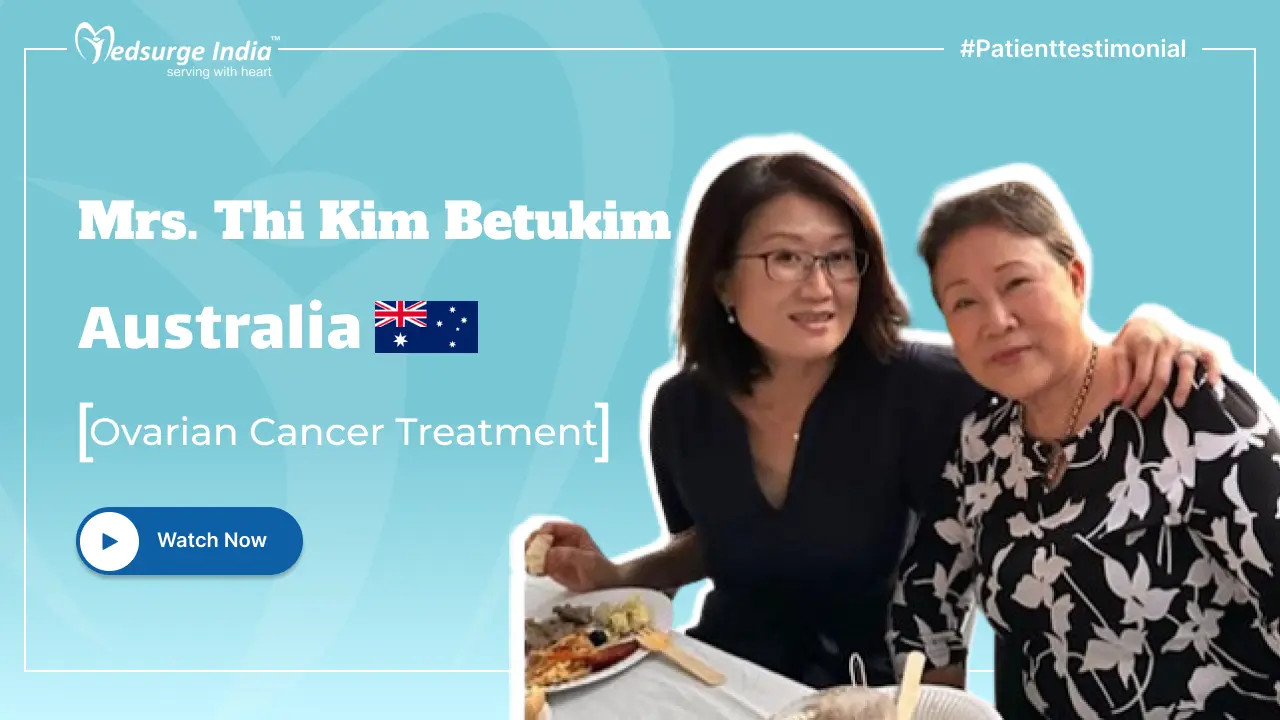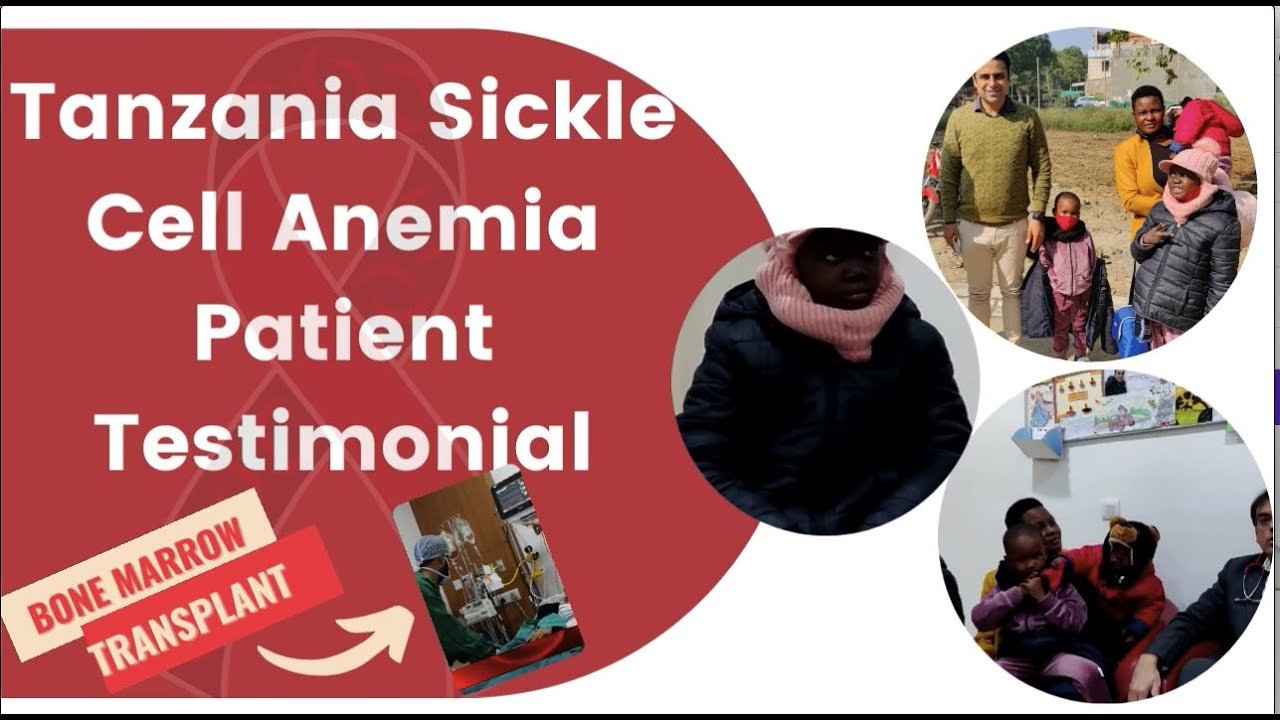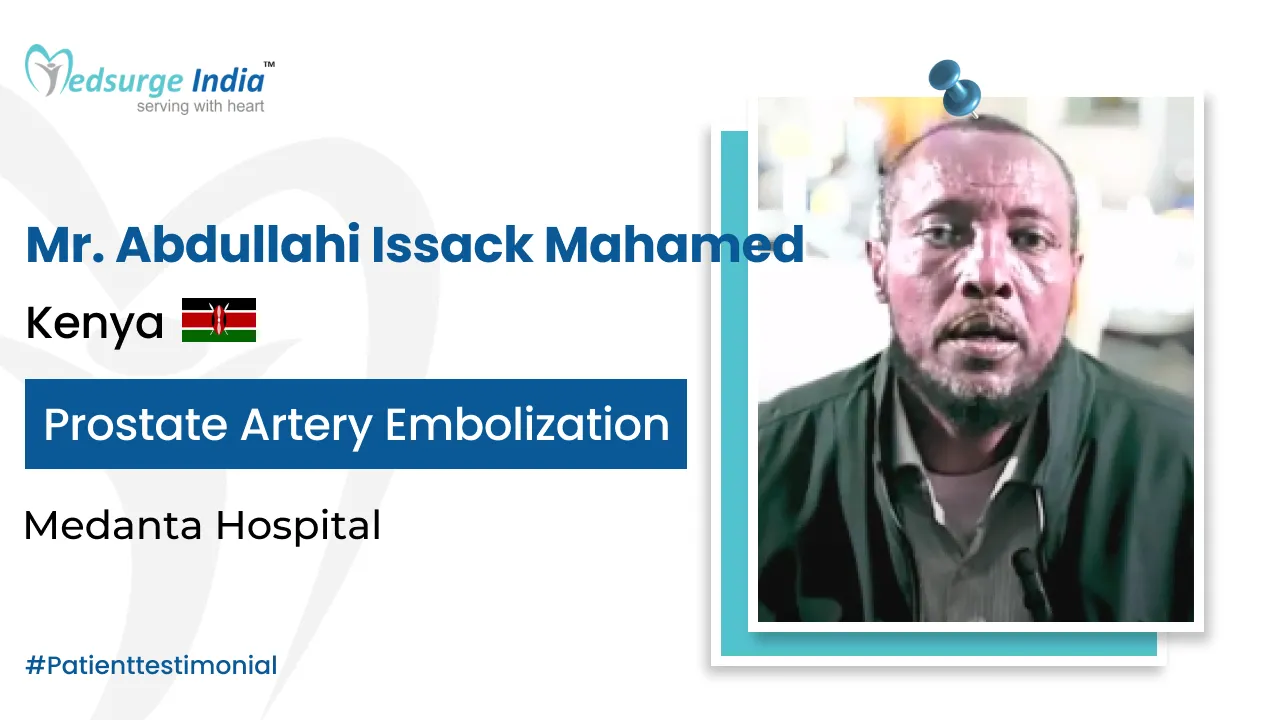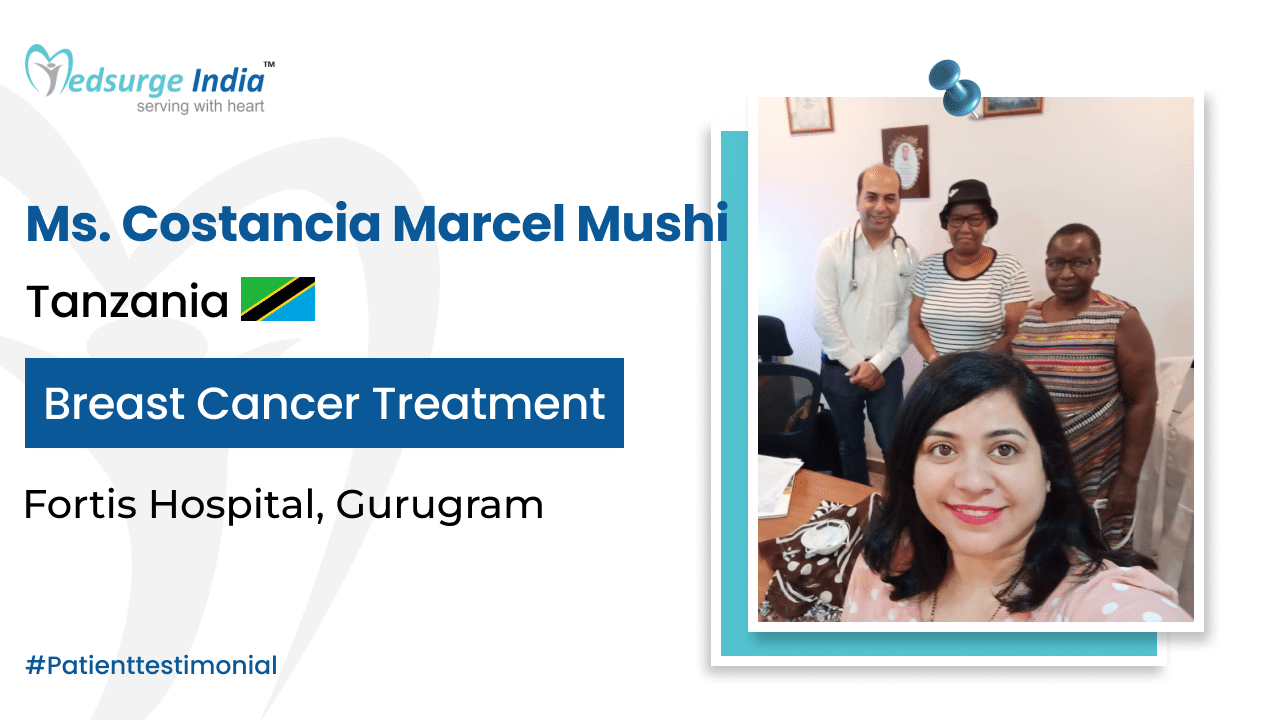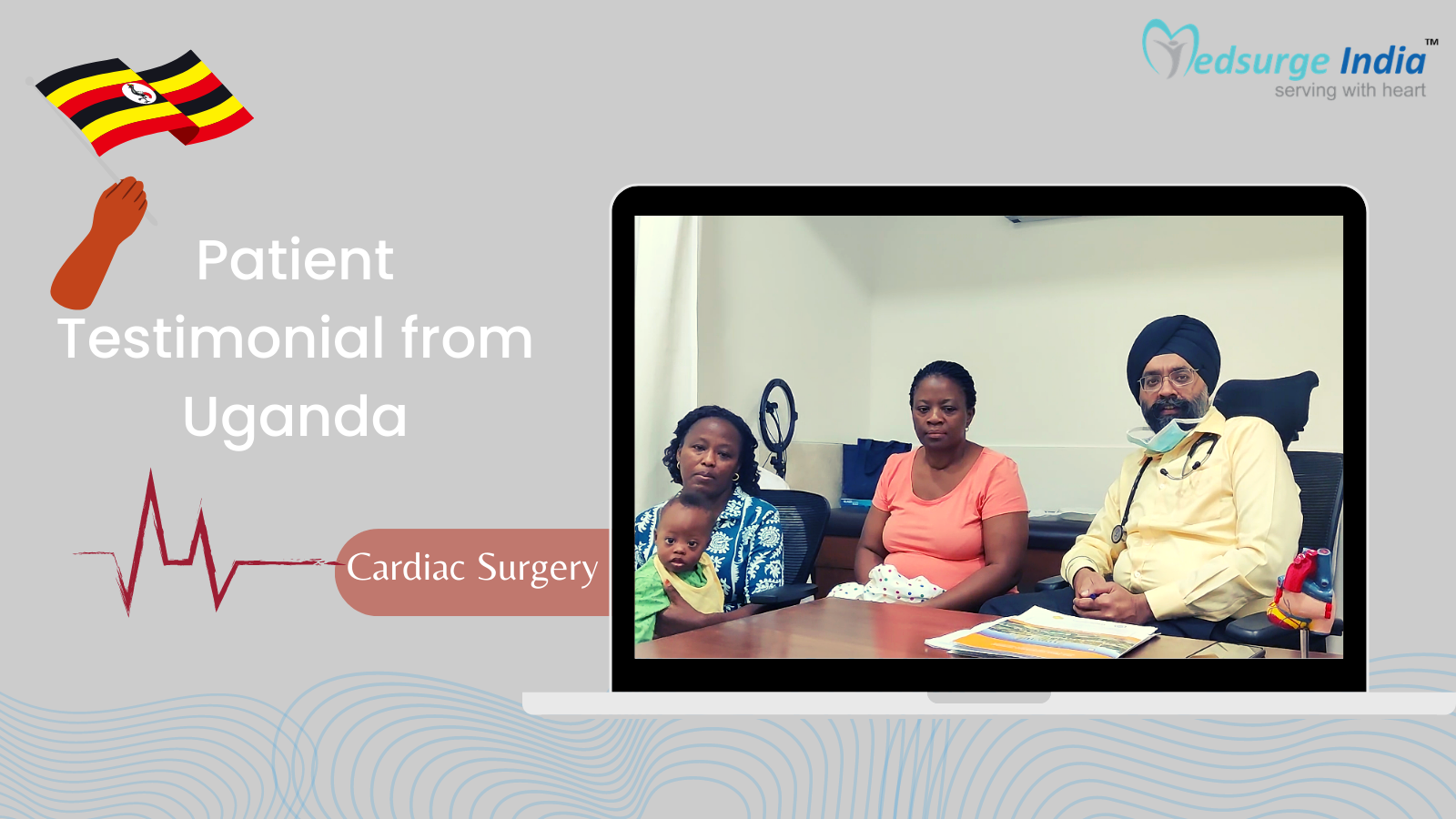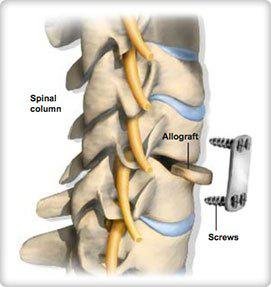
An operation where the disk is removed along with a graft is put to combine two vertebrae. We’ll assist your best neurosurgeon or an orthopedic surgeon specializing in complex spinal injury to receive your usual life back.
More About Anterior Cervical Discectomy
Anterior Cervical Discectomy is a surgical procedure to relieve spinal nerves or nerve root strain on the throat by eliminating all or a part of those damaged intervertebral disks and substituting with a bone graft and/or augmentation.
This is done in the anterior or, the front area of the neck. The cervical describes the component of the spine from the neck.
There are just two steps to working Anterior cervical discectomy:
- Anterior cervical discectomy: it’s approached from the front of the throat. A disk of the vertebrae is eliminated.
- Fusion: To stabilize and strengthen the throat area, a combination is carried out by way of a bone graft or implants into the replace the removed disk. It’s operated in precisely the exact same period a discectomy is finished.
It normally is suggested for younger patients in 20-45 decades old.
Diagnosis for Cervical Disease
Anterior Cervical Discectomy is done because of:
- Cervical herniated disc: This is actually the leaking from the disk in the inner core of the disk because of neck injury or injury. Symptoms are spontaneous, the individual feeling numbness and tingling sensation in the back and arm to the palms. There might also be arm pain and weakness of this muscle. This signals a degeneration of the backbone because of time. Bone spurs can indirectly activate other spinal ailments such as arthritis along with spinal stenosis.
- Bone spurs (Osteophytes): An outgrown from the bone caused by arthritis. This indicates the degeneration of the spine due to time. Bone spurs may indirectly trigger other spinal disorders like osteoarthritis and spinal stenosis.
- Cervical degenerative disk disease: This happens when a lot of these cushioning discs begin to burn in time. The reason might be hereditary as some folks are prone to rapid wear and tear. Injury, obesity, and smoking may also be grounds that quicken and lead to degeneration of the disks. Someone might undergo neck pain that radiates to the arm.
Anterior Cervical Discectomy Cost in India
Anterior Cervical discectomy Cost in India can start from USD 5000. The treatment will depend on the patient’s condition as well as some other factors.
Anterior Cervical Discectomy Cost in Different Cities in India
| Cities | Starting Prices |
| Delhi | USD 5000 |
| Mumbai | USD 5300 |
| Kolkata | USD 5000 |
| Hyderabad | USD 5200 |
| Chennai | USD 5100 |
| Gurgaon | USD 5300 |
| Noida | USD 5000 |
| Bangalore | USD 5400 |
Reminder: Note that the given amount that is given is the price that applies to the treatment; further fees may be incurred depending on a number of variables as the cost and treatment options for Anterior Cervical Discectomy Cost in India may differ based on the patient’s preferences and other factors.
Factors That Can Affect Anterior Cervical Discectomy Cost in India
There are several factors that can affect the cost of Anterior Cervical Discectomy in India Here are some of the factors that can affect Anterior Cervical Discectomy Cost in India:
- Medication costs: Ceratin medication can influence the overall cost of the treatment.
- Patient Condition: The complexity of the patient’s overall health can affect the duration of treatment, impacting the cost.
- Duration of treatment: Longer treatment courses can prolonged medication regimens lead to higher cumulative costs.
- Geographical location: Cost can vary widely depending on the region in India.
- Hospitalization expenses: The length of hospital stay and the level of nursing care required by the patient can add to the treatment expenses.
- Government policies and subsidies: Government healthcare schemes and subsidies can reduce out-of-pocket expenses for patients, affecting the affordability of the treatment.
- Medical tourism packages: Curated packages for international patients can include various services at a bundled cost, influencing the overall expense of treatment in India.
- Hospital reputation and infrastructure: Prestigious hospitals with state-of-the-art facilities may charge more for their services.
- The expertise and experience of medical professionals: Orthopedic surgeons with extensive experience and recognition often command higher fees, contributing to the treatment cost.
- The type and frequency of diagnostic procedures: Regular monitoring through advanced imaging and laboratory tests can increase treatment costs due to the high price of these diagnostic methods.
- The choice of treatment modality: Opting for newer and more advanced treatment can cause the cost of the treatment.
For Anterior Cervical Discectomy Cost in India, the country offers exceptional medical services and facilities to patients who come for treatment. Furthermore, the facilities in India rival those of well-known healthcare centers worldwide. Accommodation, meals, and transportation expenses are also covered.
Diagnostic Tests
- MRI
- CT Scan
- Myelogram (using X-Rays to examine the spine by injecting a special dye)
Get Free Cost Estimation
Procedure
Ahead Procedure
- Physical evaluation of the affected region
- Diagnostic tests
- Provide all of your medical history to your physician
- You’ll Be advised of your illness, what steps Will Need to be accepted and
- Nonoperative steps like physical therapy or pain medicines may be recommended
- Prevent smoking
- Take a healthy & balanced diet and Sleep well.
- Fasting is performed 8 — 12 hours before the operation
- Eliminate all nail/acrylic gloss, jewelry, contact lenses, lenses, and also make-up
Throughout Procedure
With general anesthesia and the patient lying around the trunk with face up the operation has a Couple of steps:
Occasionally, to get a multilevel instance, a vertical incision is created.
- Anterior surgical approach: A 1-2-inch incision is made on the neck skin horizontally. Sometimes, for a multilevel case, a vertical incision is made. The soft tissues are moved to expose the anterior spine.
- Disc elimination: Throughout the operation, an X-Ray picture of the backbone is required to recognize the right disk degree. When the damaged disk is identified, it’s then eliminated.
- Decompression: Dissection of this ligament is completed to detect any disk material that has led to spinal stenosis. This can be done using an operating microscope using microsurgical neurological practices.
- Cervical Fusion: Once discectomy is completed, a bone graft (in the individual’s bone or own bank) and maybe a saline implant or crate are inserted into the disk space. This prevents the disk space from falling and promotes the combination of two vertebrae into a single unit. Additionally, it aids in decompression because it allows sufficient space for the spinal cord and nerve roots. In the front part of the backbone, a little plate can be attached with screws to the vertebral bones to fortify stability throughout the disk space and aid with the fusion procedure. With fusion, bone is formed at the disk space joining the subcutaneous bones above and below to a single bone. The incision is closed with sutures and might be dressed using a little gauze bandage.
Once Procedure
- A hospital stay may be no less than a night depending upon the individual, it might take approximately 4 — 6 weeks too.
- After being discharged, you’ll be requested to perform a follow-up 4 — 6 months following the operation, such as an X-Ray to scrutinize and monitor the recovery procedure.
- You may feel swelling, soreness, and pain, but oral pain medicine will be offered to you.
- Physical treatment will be recommended when the recovery has happened. This may be 6 — 8 weeks following the operation.
- Patients are advised against accepting anti-inflammatory brokers for 3 weeks and extend from optional medical procedures such as dental work for three or more months.
Benefits of an ACDF Process
- The anterior strategy helps direct accessibility to the backbone. It provides visualization and immediate access to the cervical spinal column.
- There’s lesser postoperative pain. The anterior strategy makes it simple to execute the process and provides lesser incision pain.
Risks & Complications of ACDF
The risks and complication arising from this procedure is variable and depends on many factors like:
- Result of the surgeon’s ACDF surgery
- Patient’s wellness and lifestyle conditions such as a status of the disk, bone strength, smoker or non-smoker along with other aspects.
- Inadequate relief after surgery
- Trouble swallowing (dysphagia) that could last from a temporary few days to persistent months
- Failure of bone graft to heal thereby creating a non-union or pseudarthrosis
- Damage to the nerve root, spinal cord or vocal cord
- Infection
- Spinal fluid leakage
- Excessive bleeding
Recommended: Top 10 Spine Surgeons in India
The Most Important Frequently Asked Questions
Q: What’s Anterior Cervical Discectomy?
A: it’s a surgical procedure in which the thoracic disks are substituted with different disks because of damage by decompression.
Q: Where Would Be the Intervertebral Disks Situated?
A: All these discs are observed at the spine or neck area of the human body.
Q: What Causes Cervical Disease?
A: A sinus disorder is brought on by bronchial herniated disk, Bone spurs (Osteophytes), or Cervical degenerative disk disease.
Q: What Are the Symptoms?
A: Numbness, muscle weakness, or tingling sensations are experienced from the neck radiating to the arms and/or fingertips. Neck pain is also a frequent symptom.
Q: Can Shifting Titanium Affect My Body?
A: Titanium is a metal that’s quite compatible with your own body even at a sizable volume. It’s non-toxic and non-corrosive.
Q: What Are the Advantages of ACDF?
A: ACDF is done in the front of their neck so it’s simpler for the physician to picture and the incision pain in the postoperative operation is lower.
Q: How Long Does the Operation Last?
A: Depending on the amount of spine involved, it is going to take approximately 3 – 5 hours.
Q: Is the Surgery Painful?
A: Oral drugs are supplied for pain undergone. Soreness or aches can cure in a couple of days’ time.
Q: How Many Times Will I Remain in the Hospital?
A: It takes at least an overnight stop or longer, based upon the individual’s ailment.
Q: Will I Want to Wear a Neck?
A: This will depend on your physician and your degree of operation.
Q: When Should I Come for a Follow-Up?
A: routine will likely be performed 4-6 weeks after the operation. An X-Ray is going to be done in order to reassess the recovery procedure.
Q: Will I Need Physical Therapy for My Neck?
A: Physical treatment is advocated 6 — 8 weeks after surgery taking into consideration the bone graft is satisfactorily treated.
Q: When Can I Be Active Again?
A: Patients are often suggested to be as busy as they can endure. Strenuous physical activities or exercise isn’t advisable until complete recovery takes place and the human body is fortified.
Q: Can There Be Some Long-Term Limits After Surgery?
A: There won’t be any long-term restriction however recovery takes some time.
Q: After the Treatment When I Will Be Able to Drive?
A: If your neck can twist and turn. You may seek the advice of your physician as it might become rather debilitating even sitting in an auto.
Q: How Soon Can I Resume Work?
A: Probably, work may be resumed 3 — 4 months following the operation.
Q: When Can I Travel by Air?
A: Your physician may wait until your physician tells you and it might take a minimum of two months.
Q: Are There Some Precautions That I Must Be Conscious Of?
A: Patients are recommended to not take any anti-inflammatory brokers for 3 weeks and extend from an elective medical procedure like dental care or operation for 3 weeks.
Q: How Much Does ACDF Cost?
A: Depending upon your condition, therapy, physician, hospital, place, and other aspects, it might start from $1300.
Q: What Is the Process of Getting Health Insurance?
A: You will purchase the greatest health plan in the country that has partnerships with all the country/location of your own operation.
Top Hospitals for Anterior Cervical Discectomy in India
Top Doctors for Spine Surgery
Dr. Vikas Tandon
Senior Consultant
Experience: 23 Years
Indian Spinal Injuries Center, New Delhi
New Delhi, India
Dr. Vineesh Mathur
Director , MBBS, MS, DNB
Experience: 28+ years of experience
Medanta - The Medicity, Gurgaon
Gurgaon, India
Dr. Saransh Gupta
Consultant
Experience: 17 Years
Indian Spinal Injuries Center, New Delhi
New Delhi, India
Dr. Vidyadhara S.
HOD
Experience: 21 Years of experience
Manipal Hospital (Old Airport Road) Bangalore
Bangalore, India
Dr. Neeraj Gupta
Consultant
Experience: 20 Years
Indian Spinal Injuries Center, New Delhi
New Delhi, India
Dr. Rajagopalan Krishnan
Senior Consultant
Experience: 35 years of experience
Indraprastha Apollo Hospital, New Delhi
New Delhi, India
Dr. Ankur Nanda
Senior Consultant
Experience: 20 Years
Indian Spinal Injuries Center, New Delhi
New Delhi, India
Dr. Sajan K Hegde
Senior Consultant
Experience: 34 years of experience
Apollo Hospitals, Greams Road, Chennai
Chennai, India
Dr. H. S. Chhabra
Chief of Spine and Rehabilitation Centre
Experience: 32 Years
Sri Balaji Action Medical Institute, Delhi
Delhi, India
Dr. Gururaj M
Senior Consultant
Experience: 15 Years
Indian Spinal Injuries Center, New Delhi
New Delhi, India

